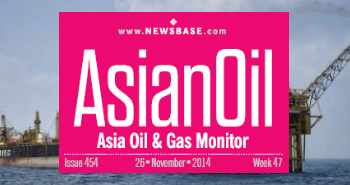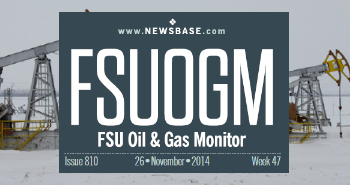Chinese refineries handle record crude in March

China’s refineries processed the most crude in a year in March, yet surplus volumes rose to their highest level in nearly three years as imports surged, Reuters reported on April 28. The surplus came to 1.74mn barrels per day (bpd) in March, the largest since June 2023, according to the news agency.
The swing to a substantial crude surplus follows a rare drawdown on stockpiles during the first two months of the year, when oil imports weakened amid higher prices prevailing when earlier cargoes were secured. While China does not officially disclose flows into or out of its strategic and commercial stockpiles, estimates can be derived by subtracting refinery throughput from total crude availability – defined as imports plus domestic output.
Refiners processed 14.85mn bpd in March, official data released on April 16 showed, up 0.4% on the year. Crude imports rose 5% to 12.11mn bpd, the highest since August 2023. Domestic production also strengthened, gaining 3.5% to 4.48mn bpd – the strongest monthly figure since at least mid-2011, Reuters reported.
The combination of imports and domestic output brought total crude availability to 16.59mn bpd, creating a surplus of 1.74mn bpd once processing volumes were deducted.
For January and February combined, refiners processed about 30,000 bpd more crude than was available, marking the first inventory draw in 18 months. However, March’s large surplus meant that, across the first quarter, there was an average of 580,000 bpd more crude available than processed.
Overall, China – the world’s largest crude importer – saw a marked reversal in March after a sluggish start to 2025 in both imports and refinery activity. But it remains to be seen whether this signals a genuine recovery in domestic demand or only reflects temporary factors, Reuters said.
The rebound in imports was largely driven by surging arrivals from Iran and Russia. Imports from Iran were estimated by commodity analytics firm Kpler at 1.71mn bpd in March, up 20% from February’s 1.43mn bpd and the highest in five months. The sharp rise was attributed to expectations that the US would introduce new measures targeting vessels carrying Iranian oil, prompting Chinese refiners to stockpile ahead of potential sanctions. Russian imports also recovered as refiners turned to non-sanctioned tankers to deliver cargoes, bypassing sanctions imposed by former US President Joe Biden shortly before leaving office in January.
March’s strong import figures were also supported by softer global prices. Benchmark Brent futures fell from a 2025 peak of $82.63 per barrel on January 15 to below $70 by early March.




Follow us online